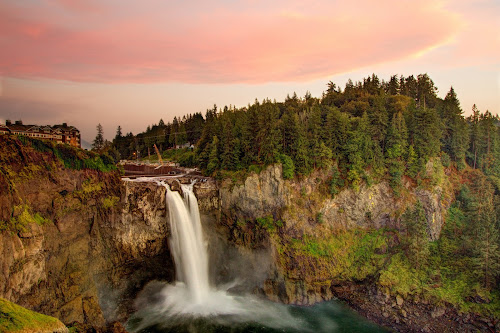In case you don’t know it already, I am from
Idaho and live in Idaho. Of course, many of the things I am grateful for come
from right here at home, as it should be. No one should be surprised then, that
something I am grateful for is Idaho potatoes. It’s true that Idaho potatoes
are not grown in northern Idaho (except the back yard garden variety) so
finding them for sale in supermarkets here is not as easy as it is in much of
the rest of the country. I certainly eat a lot of Washington potatoes since
they are the predominant tuber sold here and I live much closer to those spud
farms than any in Idaho. But even when I’ve lived in southern Idaho I’ve found
that finding the grade A Idaho Russets was not common because most of our
potatoes are exported. The times I spent in England were when I appreciated our
spuds the most because there they were available, though quite expensive. But
that’s when I grew to appreciate them most because I had a taste of home in the
land of the Angles.
Someone told me that McDonald’s only used Idaho
potatoes for their fries, and I do love their fries. I’m not sure I really
believe that because there are a lot of McDonald’s in the world. But maybe. I
know in Washington, D.C. I went to a Five Guys and they had bags of potatoes
out with a sign saying what farm in Idaho they were from. But I enjoy potatoes
in chip form, fries, hash browns, baked, cooked in casseroles… So, when I have
been abroad there has been a sense of comfort to just step into a McDonald’s
and have some fries. There’s a huge amount of irony in that because I don’t eat
at McDonald’s all that much when I’m at home.
Some things you just take for granted, so much so
that you don’t realize what an integral part of your life it is. Now is the
time to take stock in those things and remember them. Idaho potatoes are a big
deal for me and I’m grateful for them.



































